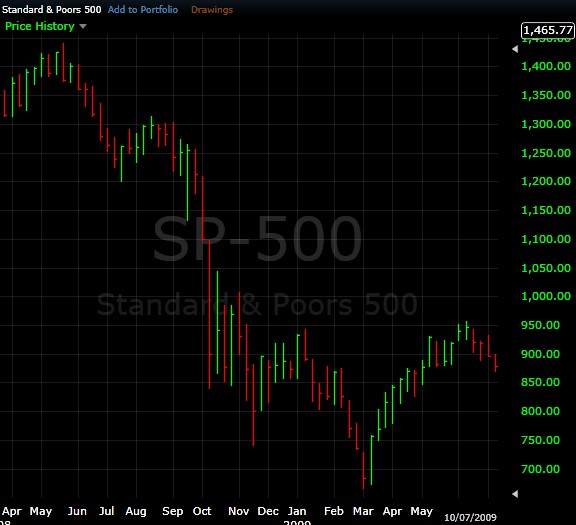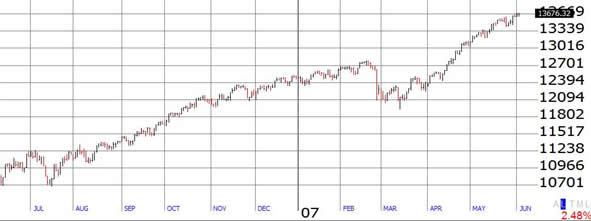- home
- the basics
- the share
- trading shares
- Process to buy shares
- Why buy shares?
- How old to buy shares?
- Custodial account
- tax rules on shares
- styles of trading
- buying (going long)
- Shorting (going short)
- Stop losses
- How to choose a share
- Fundamental analysis
- Technical analysis
- Stock portfolio
- Trading courses
- Stock trading practice accounts
- brokerage account
- What is trading software
- Share newsletters
- the stock market
- Trading guide
- Advanced
- Glossary
- free stuff!
Bull bear market
If you hear the phrase “its a bullish market” or a “bearish market” its simply referring to whether there is a rising or falling trend in the market.
- a bullish market refers to a market that has a long-term up trend. For a market to be bullish, investor confidence must be high and the market’s respective country will likely be showing solid economic growth. The number of stocks traded in a bull market is often high.
- a bearish market is referring to a market which has a long-term downtrend. A bear market will often arise when its respective country is in recession. The number of stock traded in a bear market is often low.
One theory as to where the bull and bear market got their names is due to the way the animals attack! A bull throws its horns up in the air and a bear swipes down at its prey.
A market usually gets labeled bullish or bearish after it has risen or fallen by over 20%. It is also important to note that stock markets generally fall quicker than they rise. This is because human fear of a loss is a stronger emotion than human that the satisfaction of gain!
Example
DJ30 Bullish market | June 2006 – June 2007
Example
S&P500 Bearish market | April 2008 – May 2009

(Screenshot courtesy of www.freestockcharts.com)
It should appear obvious but a general rule you should follow is to buy in a bull market and sell in a bear market, especially when swing or position trading. Its always hard work making money going against the overall trend.
Want to get some experience in trading shares (using virtual money) then open a fantasy trading account.
Want to know how to buy shares? Check out our step by step guide to buying shares.
Want to know how to make money when a share falls in value? Check out the shorting stock section.
Practice Trade!
SharesExplained.com
- Loading Quotes...
Free newsletter and gift!
Sign up now!SharesExplained.com
Stock market basics
Shares explained
Stock charts explained
Stock dividends explained
Stock Split Explained
Stock attributes
Why do shares move up and down?
How do I read a stock quote?
Understanding company financial statements
Rights issue of sharesThe process of buying shares
Why buy shares
Age limit for trading shares
Custodial account
Tax rules on shares
Styles of trading
Buying (going long)
Shorting stock (going short)
Stop losses explained
Picking shares
Fundamental analysis
Technical analysis
Portfolio/Watchlist
Trading courses
Practice accounts
Brokerage accounts
Trading software
NewslettersStock market explained
Stock exchanges
Indexs
Sectors
Bull/bear market
What market to buy shares
Factors that affect the stock market
When does the stock market open?Stock market trading guide
Step by step guide to trading shares
Practice accounts
Brokerage accounts
Trading courses
Trading software
Newsletters/tipsites
5 golden rules when trading shares
The risk:reward ratio
LeverageStock market games
Stock market 60
Stock market suicideAdvanced stock market trading
IPO (Initial Public Offering)
Automated trading
Bonds/gilts
Exchange traded funds (ETF's)
FOREX
Mutual Funds
Penny shares
Spread betting
Options Explained


